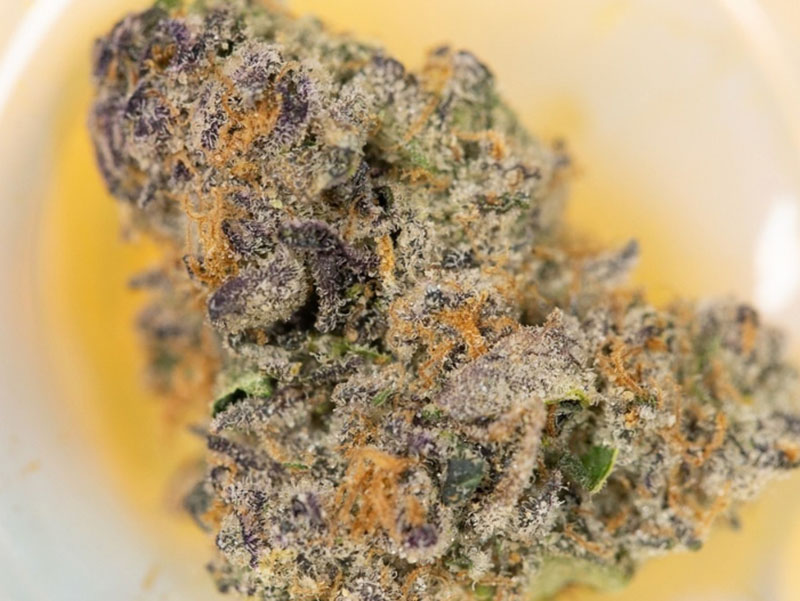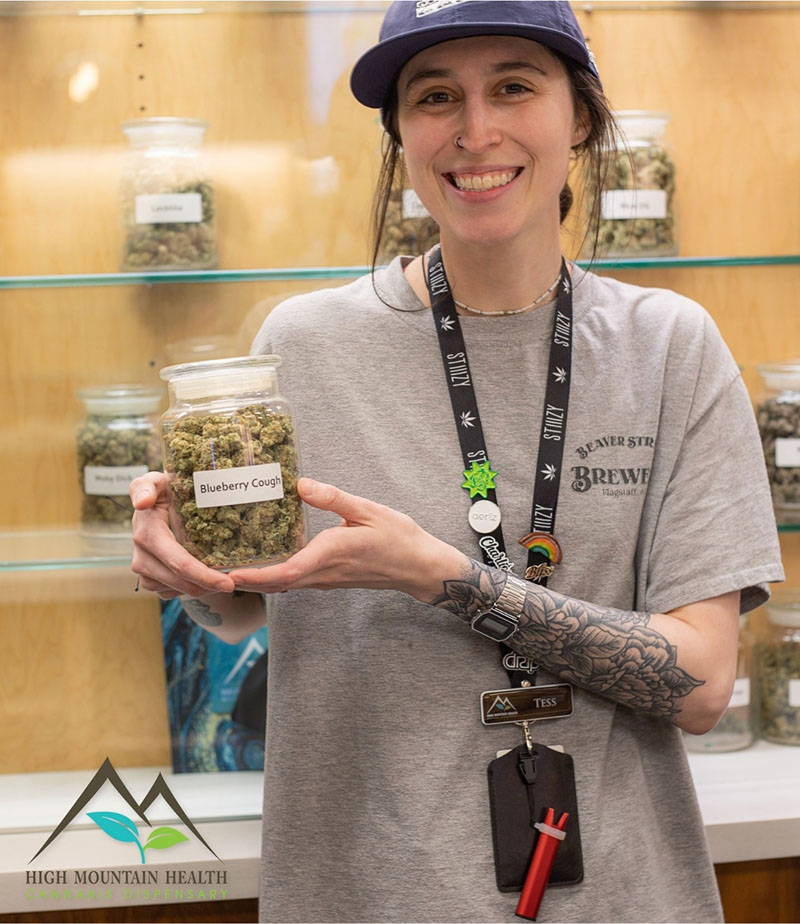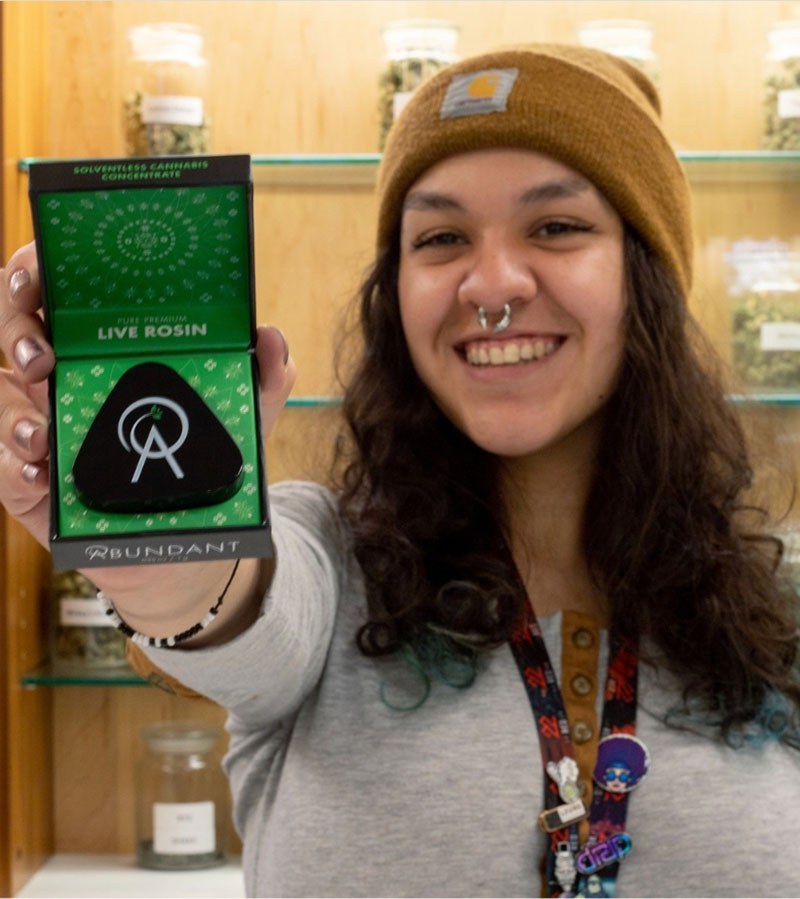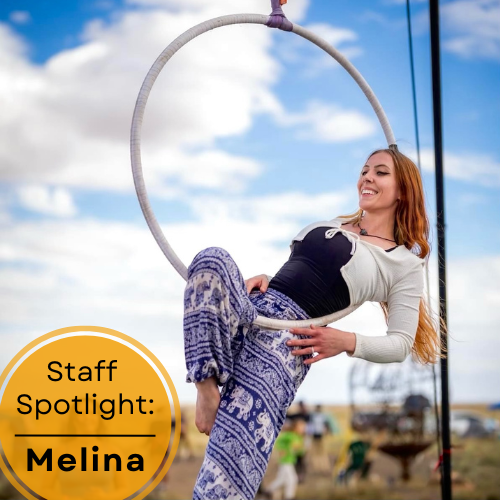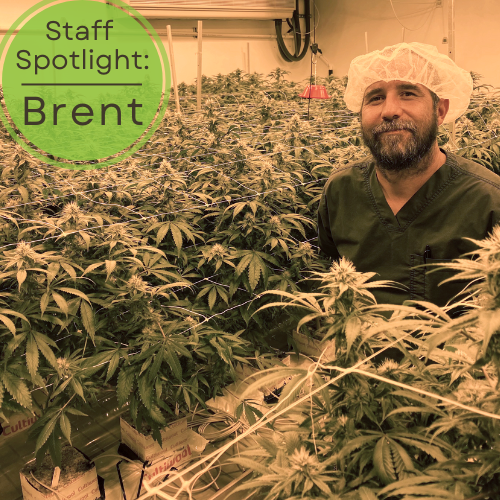Ubiquitous Cannabis Legalization across the U.S.
By Zachariah Finning
December is Universal Human Rights Month. With respect to this, we are celebrating our right to choose cannabis as a holistic form of medicine. For decades America’s major health-related medications have been largely overseen and produced by big pharma, while American society on a whole has mainly accepted alcohol as its primary form of stress relief. The sometimes-harsh realities of these medications can be seen in the opioid epidemic and the dangers of long-term alcohol use have recently come to the forefront of too many people’s lives. For these reasons, individuals are giving up the rhetoric laid out by T.V. commercials & big pharma and looking toward medicinal or recreational cannabis as a safer more holistic form of healing and dealing with the stresses of everyday life. Although use and dosage may vary from individual to individual, the choice to make this transition is clear in the recent omnipresent legislation of legalization sweeping across the U.S. This mass legalization of medicinal and recreational cannabis is a direct representation of our inherent human right to choose the way in which we heal or relax our bodies and mind. Both former president Donald Trump and current President Joe Biden agreed to sign a federal legalization bill had congress put one on their desk. But as of late, that has yet to happen. Nevertheless, in recent elections and voting cycles, we have seen states that were once thought to have a permanent stance against plant legalizing as well as states who had previously only been in the medicinal market finally pushing for recreational use for adults over 21 years of age. In this month’s blog, we will honor our basic human rights and the power of our individual voice by looking into the new slate of cannabis legalization across our nation.
Before delving into the recent legalizations and where they have occurred, it is imperative to understand how and why this is taking place. Ultimately there is a change in the attitude of countless Americans. A 2015 survey poll concluded that 53% of Americans were in favor of the legalization of cannabis in contrast to the 44% that were opposed (S1). That might seem like a close draw, only varying by about 10%, but compared to data from 2006 it is a huge increase. A poll asking the same questions about a decade earlier confirmed only 32% of Americans were in favor of the legalization leaving a majority, around 60%, of their peers opposed (S1). Millennials seem to be the driving force behind this recent increase in approval. Around 68% of this generation approves the legalization of the plant, for both recreational and medical use, by far the largest percentage of any age group (S1). Yet it seems that across all generational cohorts within the U.S. approval ratings for legalization are continuing to rise. The latest 2021 polling for legalization, conducted by Rasmussen Reports, found that 62% of American Adults favor the legalization, 23% are opposed, and a fractional 14% are still undecided or unsure where they stand in the matter (S2). When taking a narrower look politically speaking, we can see there are still some substantial differences in the American viewpoint. About 83% of Democrats are in favor of legalization along with 71% of independents agreeing with them (S3). Republicans, however, are where the split lies. They are currently at even odds on the debate with 50% in favor and 49% still opposed to cannabis legalization(S3).
While numbers alone are a fantastic way to understand the scale of change that is taking place across the nation, it still leaves the more crucial factor of “why?” in the air. From another 2015 survey, we may find some answers. A national survey by Pew Research concluded that of the 53% of Americans in favor at the time 21% of them had recently changed their mind in the matter (S1). When looking at the 44% who were still in opposition at the time, only 7% had recently changed their mind to this stance. This seems to point towards a rapid increase in the acceptance of marijuana socially within the U.S. at this time. The same research poll goes on to list the main reasons for this favorable change being the “perceived health benefits” and the fact that marijuana poses “no more danger than other drugs” (S1). 41% of those in favor stated the possible medicinal benefits as their primary reason for approval. While around 36% claimed cannabis to be less, or no more harmful than alcohol or cigarettes being their main reason for leaning towards legalization(S1). When asking certain individuals directly one 46-year-old female stated “It is not as harmful as alcohol. […] It also helps medical conditions as a more natural substitute to pharmaceuticals.” another American female aged 69 had said, “My grandson was diagnosed with epilepsy a year ago and it has been proven that it helps with the seizures.” (S1). While an American male aged 25 reiterated “I think that we would have more control over it by allowing a federal agency to tax and regulate it like alcohol.” (S1). While there are countless varying viewpoints and age differences among them, more and more Americans are starting to approve of the legalization of cannabis in some form. It is evident that this change is occurring by the extensive legislation being passed all around our country.
Now that we have a concept of the momentum and drive behind the legalization of cannabis in our nation, we can begin to look into the specific states and recent legislations that have taken us by storm. During recent midterm and presidential elections, we began to see a change in this country that no one had expected so suddenly. The want and the need were substantial, but the fact that so many votes went in favor was something that left a lot of the pro-cannabis citizens of America in shock and awe. To put it in perspective every cannabis-related ballot that was put to voters last November passed (S4). How is that for an undeniable change! Some states known for their stance against the plant have even loosened their restrictions over the last two to three years. Take Utah as the prime example; cannabis had been illegal in this state since 1915 and it was not until 2016 that they finally accepted CBD oils (S4). In November of 2018, the state managed to pass legislation for medicinal use cannabis; however, the bill passed was far more conservative and restrictive than the original voter ballot initiative that had come into play, striking down home grows from the deal (S4). This was mainly due to the far-reaching influence of The Church of Latter-Day Saints within the state. Another unlikely state to have passed medicinal cannabis in Missouri. This state decided to legalize medicinal use at the same time as Utah – which surprised most of the country considering Missouri is controlled by the Republican party and has long held a stance against the plant for medicinal or recreational use (S4). One of the most unexpected states to have passed a medicinal cannabis law more recently was that of Alabama. On May 17th, 2021 Republican Governor Kay Ivey signed the bill into law (S5). This law comes with many unfavorable restrictions within its wording such as no smokable flower, no vaping concentrates, and no edibles such as candy or baked goods to be permitted (S5). Despite Alabama’s restrictions and the restrictions in other more conservative and republican states, it is still a step in the right direction for many American citizens.
While some states have only just gotten around to accepting cannabis in its medicinal respect, other states have begun to fully embrace both the medical and recreational use of the plant. One such state that leaned back and forth on the matter of recreational use was our own Arizona, yet the 2020 vote for recreational use passed with an overwhelming majority. Arizona now allows adults 21 years or older to possess up to one ounce, grow up to six plants at home, and even provides availability for expungement of criminal records for certain cannabis-related crimes (S4). Illinois is another such state that has fully embraced mother nature’s magic. The state fully legalized cannabis in 2019 with one of the most progressive plans for legalization our nation has seen to date. Similar to Arizona, Illinois also assures expungement and pardons for anyone with lower-level nonviolent convictions. December 2020 saw about half a million Illinois citizens apply for the expungement of their criminal records (S4). The state has taken it a bit further than most considering the long-lasting impact of their criminalization of cannabis on certain minorities in the past. Done so by channeling cannabis revenue back into the communities most heavily targeted under past criminalization (S4). The state is also believed to have initiated what could be considered the country’s first reparations program in Evanston, a suburb of Northern Chicago. They have begun approving housing grants for African-Americans in the community funded partially by cannabis tax revenue (S4). The spring of 2021 saw New York become the 15th state of our nation to fully legalize the medicinal herb. Following suit with its neighboring states Massachusetts, Connecticut, and New Jersey (S4). The Empire State passed some of the most liberal legislation of any fully legal state. The law grants adults 21 years and up to grow 3 plants individually (6 per household), permits the personal possession of up to 3 ounces of flower, and it is currently the only state to allow the use of cannabis anywhere that cigarette smoking is permitted (S4). The state also is up to par with the previously mentioned states allowing expungement of low-level criminal records and using tax revenue for community re-investment funds. Again, aiming these funds at the communities that were most heavily affected by the long-lasting War on Drugs (S4).
While there are certain states in the nation including Idaho, Indiana, and Mississippi, who still enforce the fully illegal status of the plant, the face of the nation is changing rapidly (S4). Yes, there still may be some uphill battles to be fought in certain areas of the country, but it is evident that where there is a will of the people there is a way! The information provided above is only a morsel of the evidence supporting the fact that America is becoming a nation of acceptance and change when it comes to how its citizens de-stress, relax, and remedy their own bodies. As elections come and go, we are most likely to see these battles being fought and won. We must continue to celebrate and advocate for our natural right to holistic medicine and progressive legislation within our government. We must also bow our heads in respect to states like Alaska and California, being the first states with medicinal legalization, who paved the way for the changes to come (S4). Without the first states willing to take up the good fight, who knows where we would be today. With 30 states altogether across the United States now accepting either medicinal or recreational use, it is hard to see an America without federally legal use of cannabis sometime within our future.
Sources:
- https://www.pewresearch.org/politics/2015/04/14/in-debate-over-legalizing-marijuana-disagreement-over-drugs-dangers/
- https://www.rasmussenreports.com/public_content/lifestyle/general_lifestyle/october_2021/support_grows_for_legalizing_marijuana
- https://news.gallup.com/poll/356939/support-legal-marijuana-holds-record-high.aspx
- https://www.rollingstone.com/feature/cannabis-legalization-states-map-831885/
- https://www.natlawreview.com/article/alabama-enacts-medical-marijuana-law#:~:text=Alabama%20Governor%20Kay%20Ivey%20signed,cannabis%20on%20May%2017%2C%202021

